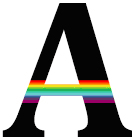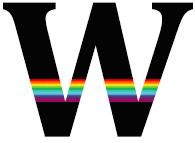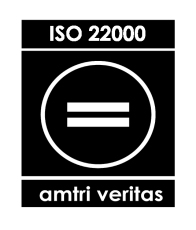What's so special about Nijikawa Koi Food?
- Christian Shostle
- Mar 31, 2016
- 4 min read
Why Nijikawa Koi Food is in a class all its own is very specific to where it is manufactured. The manufacturer in the instance of Nijikawa koi food is EWOS.
This is how EWOS describes their efforts:
"EWOS is a leading and trusted supplier of feed and nutrition for the international aquaculture industry. We have produced fish feed since 1935, and today, we operate in all four of the world’s major salmon farming regions: Norway, Chile, Canada, and Scotland. We also operate in Vietnam, producing feed mainly for tropical species. We invest continuously in research and development in order to maintain our strong reputation as the leader in our field. This reputation rests as much on the quality of the service we provide as it does on the high quality of our feed products".
- EWOS - Knowledge Makes the Difference
Nijikawa Koi Food was born years ago and has been refined and honed for absolute Koi nutrition values while at the same time preserving water quality. This story begins many years ago and it holds many levels of trial and error, effort and testing across several Koi Breeder Farms and Hobbyists alike. Get excited here because this writer isn't going to fill a novels worth of space here talking about day after day, month after month, year after year plays. This writer knows you are savvy enough to imagine the road which lead to the present.
The present being that EWOS was presented with a formulation for Koi Nutrition and EWOS was intrigued with the formulation and EWOS made it better and manufactured it for the Koi Community and Nijikawa USA distributes it today.
That run on sentence was no accident. There just isn't a short cut available to explain years of meaningful Koi food development on a private level being recognized and then adopted and made by the worlds largest fish feed manufacturer available other than the above.
That mention of the worlds largest fish feed manufacturer thing is the whole reason for this condensed blog entry. You most likely already have read about all the great stuff in Nijikawa Koi Food and you may have already heard of some great successes from fellow pond owners and or breeders and dealers where you buy your Koi. Right? Well, reiteration aside...
This blog is to bring light on EWOS, the magical place where Nijikawa Koi Food is made and the certifications, ribbons, bells and whistles and... oh wait... there I go again, trying to explain too much again. Let me get back on track. The which means that the Nijikawa Koi Food Line is in a quality, trusted, high end, premium class of its own.
EWOS CERTIFICATIONS:
Each of the certifications and eco-certifications has a slightly different focus giving it a 'unique' positioning with customers and in the marketplace. Here is an overview of the certifications our Surrey plant has in place, when they were achieved and their value to customers:
ISO 9001 (Quality Management System, since 2001); ISO 14001 (Environmental Management System, since 2010); ISO 22000 (Food Safety Management System, since 2007) - these certifications require the holder to have specific processes/procedures in place to meet standard requirements. The certification holder builds a platform and areas of improvement consistent with company / industry requirements and is audited to that documentation. The ISO 22000 standard is based on HACCP (Hazard Analysis Critical Control Point) principles. These certifications are not industry-specific and; therefore, do not necessarily address concerns specific to our industry. Having said that, they are a strong basis for ensuring that proper procedures are in place and their presence speaks highly to the ability to achieve other industry-specific sustainability certification that has become available for just over three years.

GLOBALG.A.P. (Global Good Agricultural Practice, since 2013) - this is primarily a food safety certification; however, it does include some sustainability and social criteria. GLOBALG.A.P. very much follows an agricultural model and has had good uptake in the land-based agriculture in the US. It is the only production standard that is Global Food Safety Initiative (GFSI) recognized. This recognition means that the standard has been bench-marked against other food safety standards and meets or exceeds benchmarked requirements. This standard relies risk assessment based on HACCP principles to ensure food safety through the analysis and control of biological, chemical and physical hazards from raw material production, procurement and handling through to the manufacture, distribution and use of the fish feed.

BAP (Best Aquaculture Practices, since 2013) - the BAP certification program is built upon food safety, environmental and social (particularly health and safety) criteria through a scheme that includes four standards: feed mill, farm, hatchery and processing. While all standards include the three components, the focus of the standard determines the 'weight' of each. Thus, the feed mill standard focuses primarily of food safety, but environmental and social components are included. Once again, food safety is based on HACCP principles. This standard includes requirements for sustainable sourcing of raw materials.

ASC (Aquaculture Stewardship Council) - at present, there is no ASC feed mill standard; however, we provide documentation to our production customers who apply to certify to the ASC Salmon Farms standard. The information provided includes: responsible sourcing policies; disclosure that marine sourcing does not contain vulnerable, endangered or critically endangered species according to IUCN; marine ingredient sourcing and FishSource scores; and greenhouse gas emission data.




























Comments